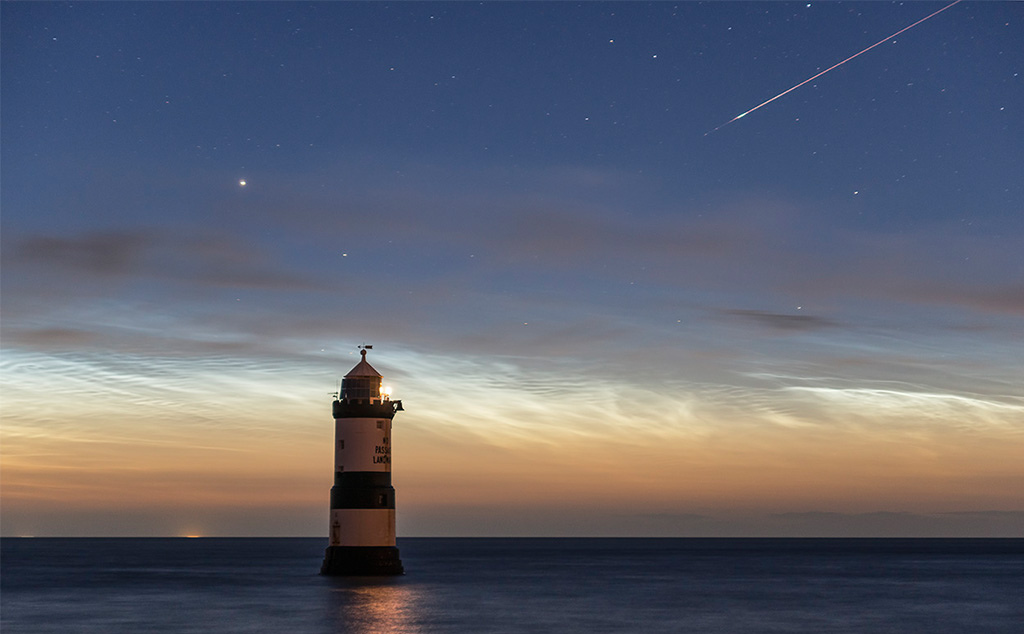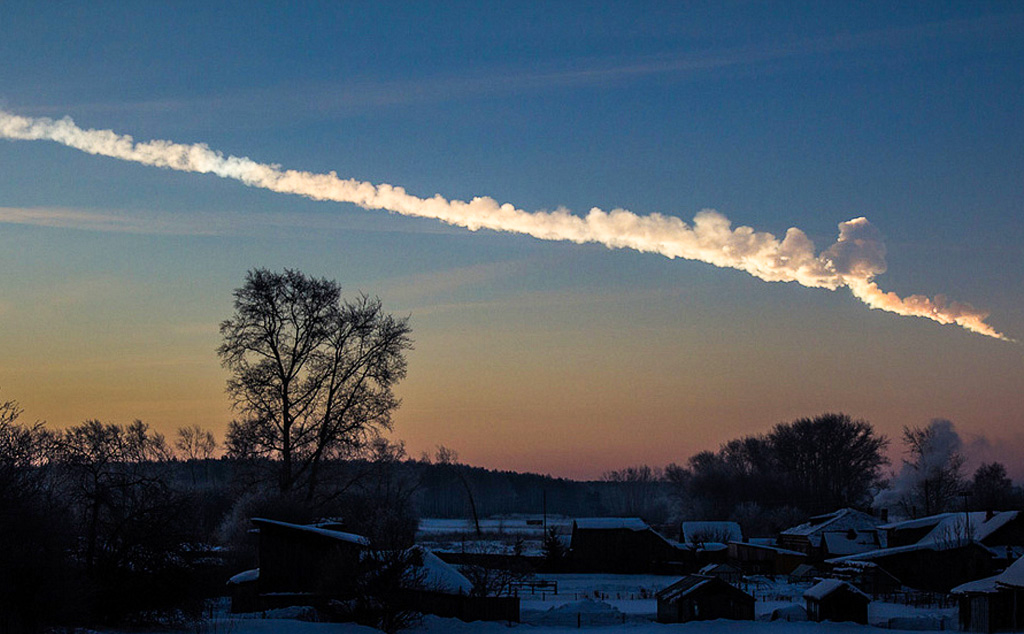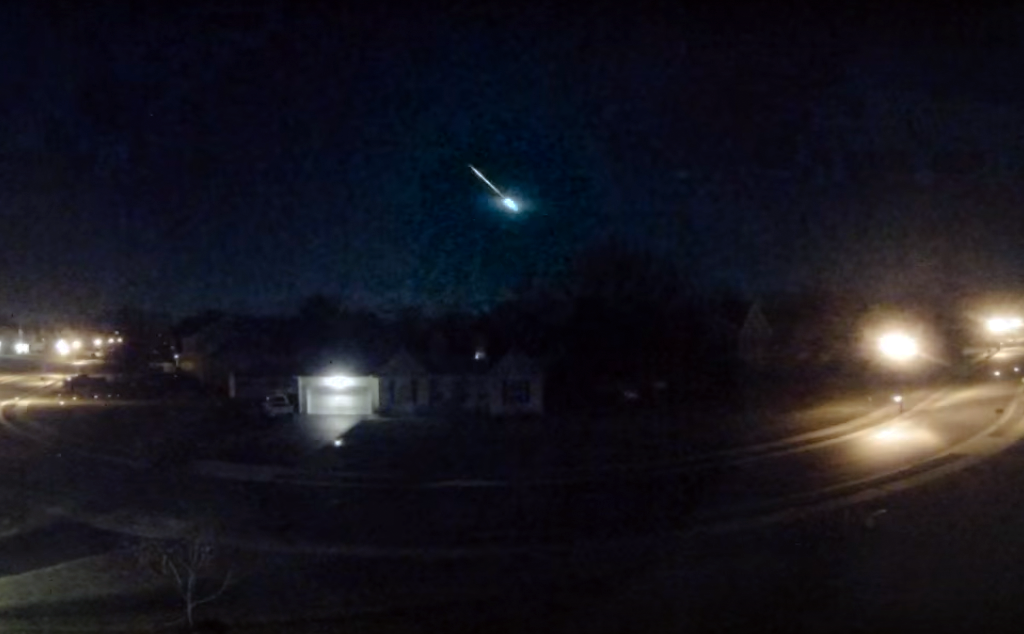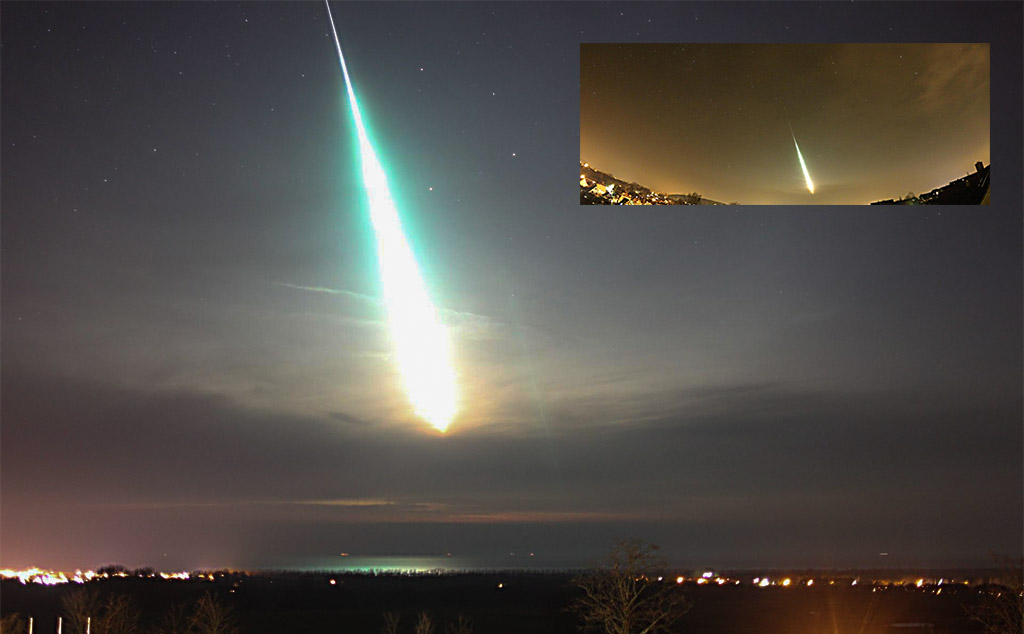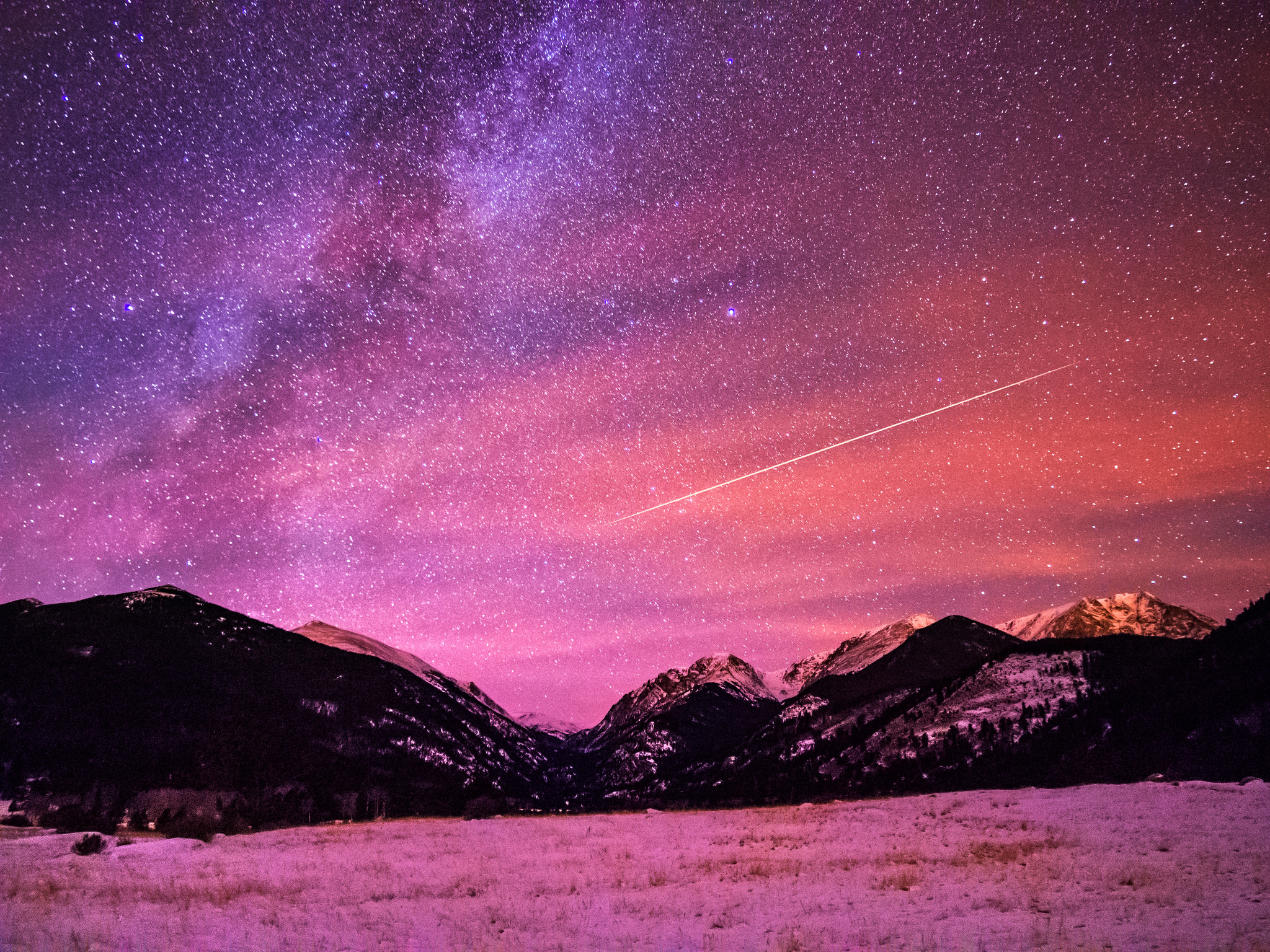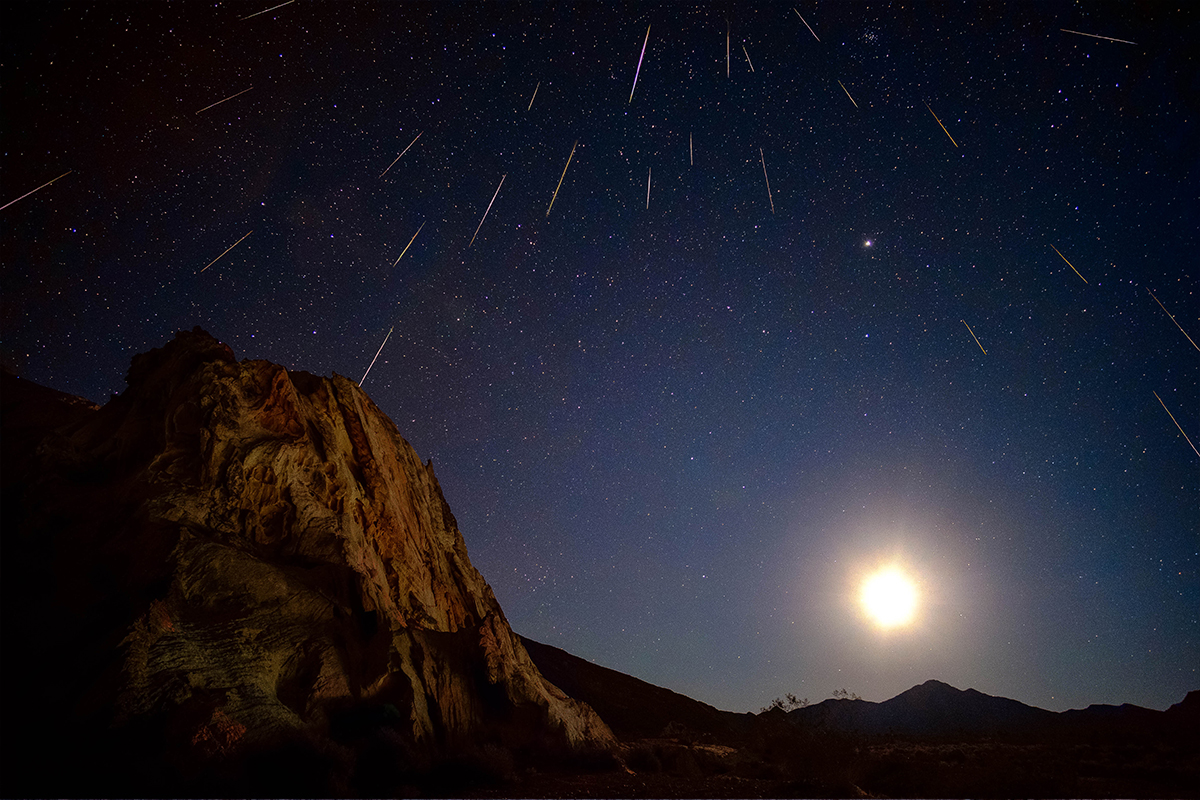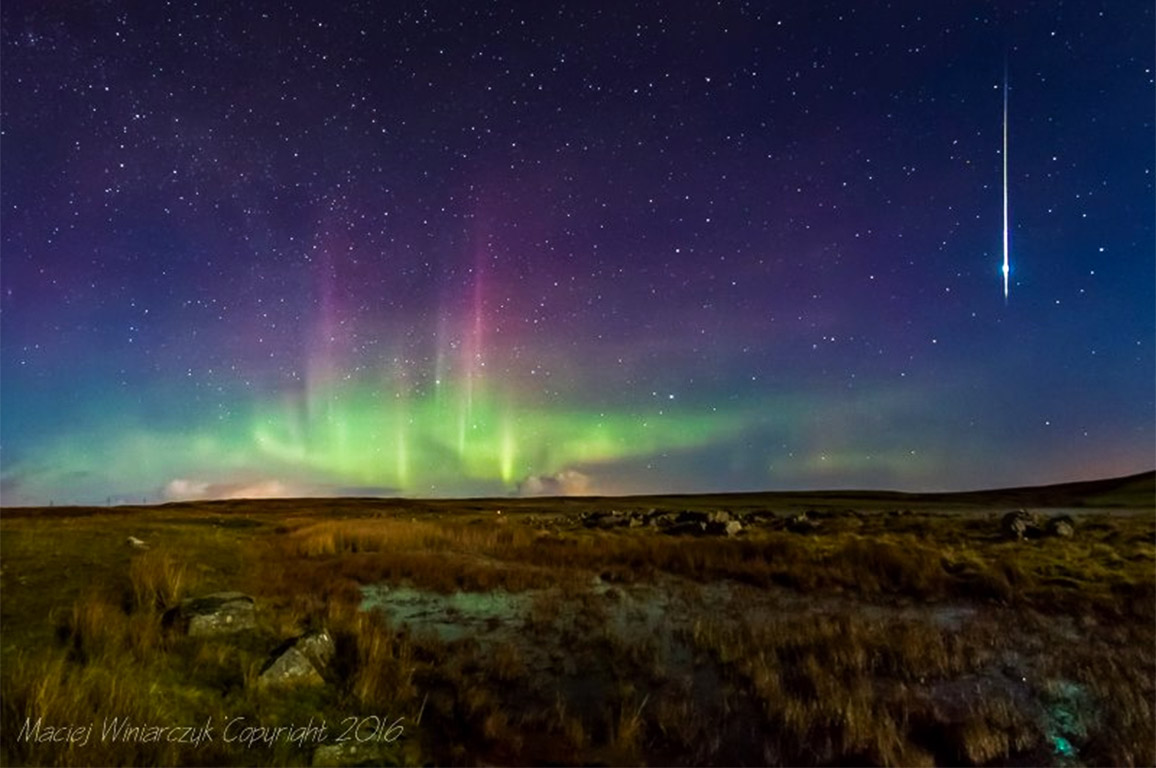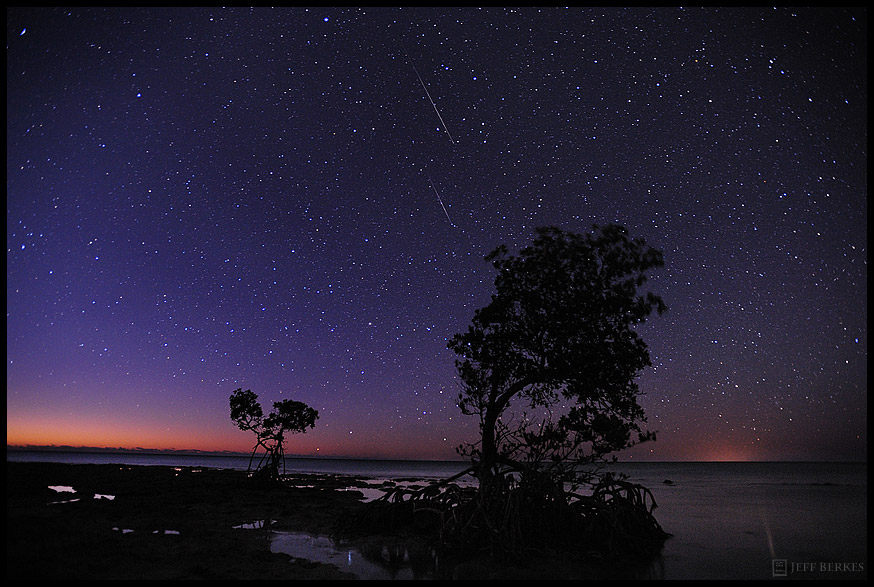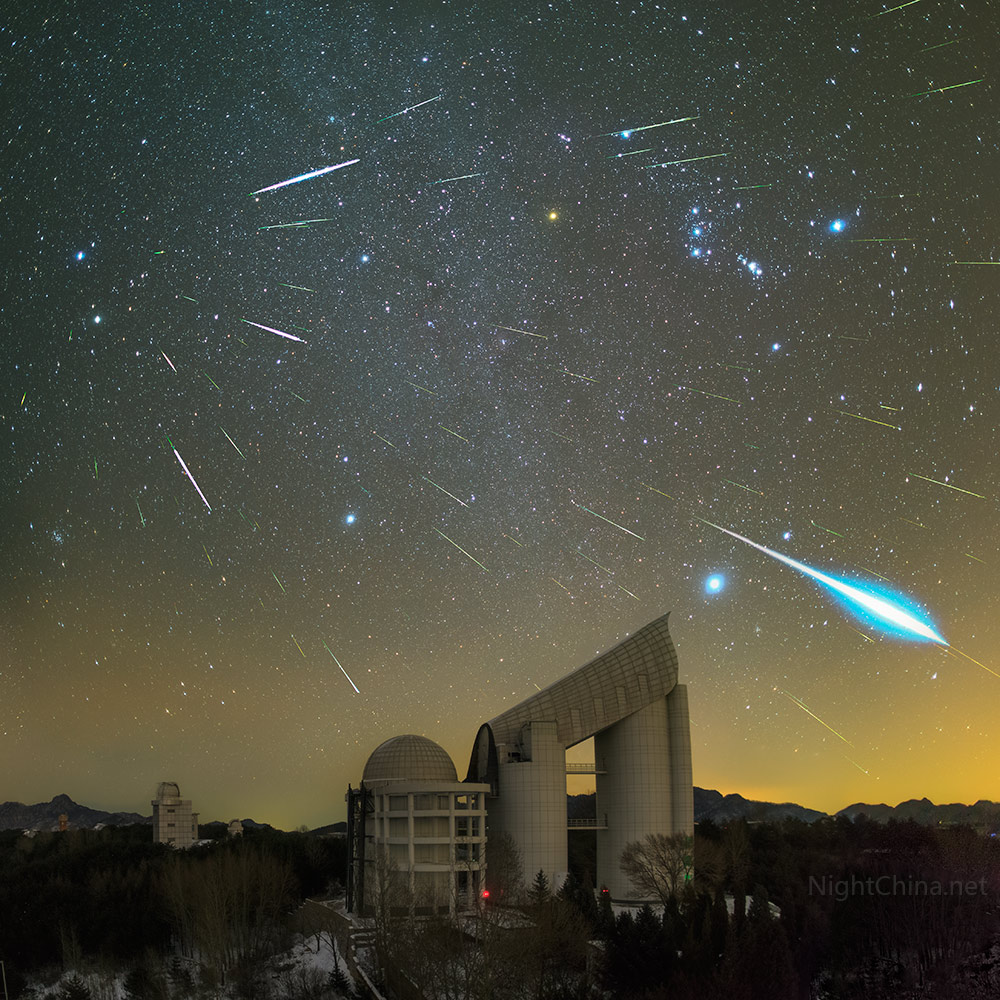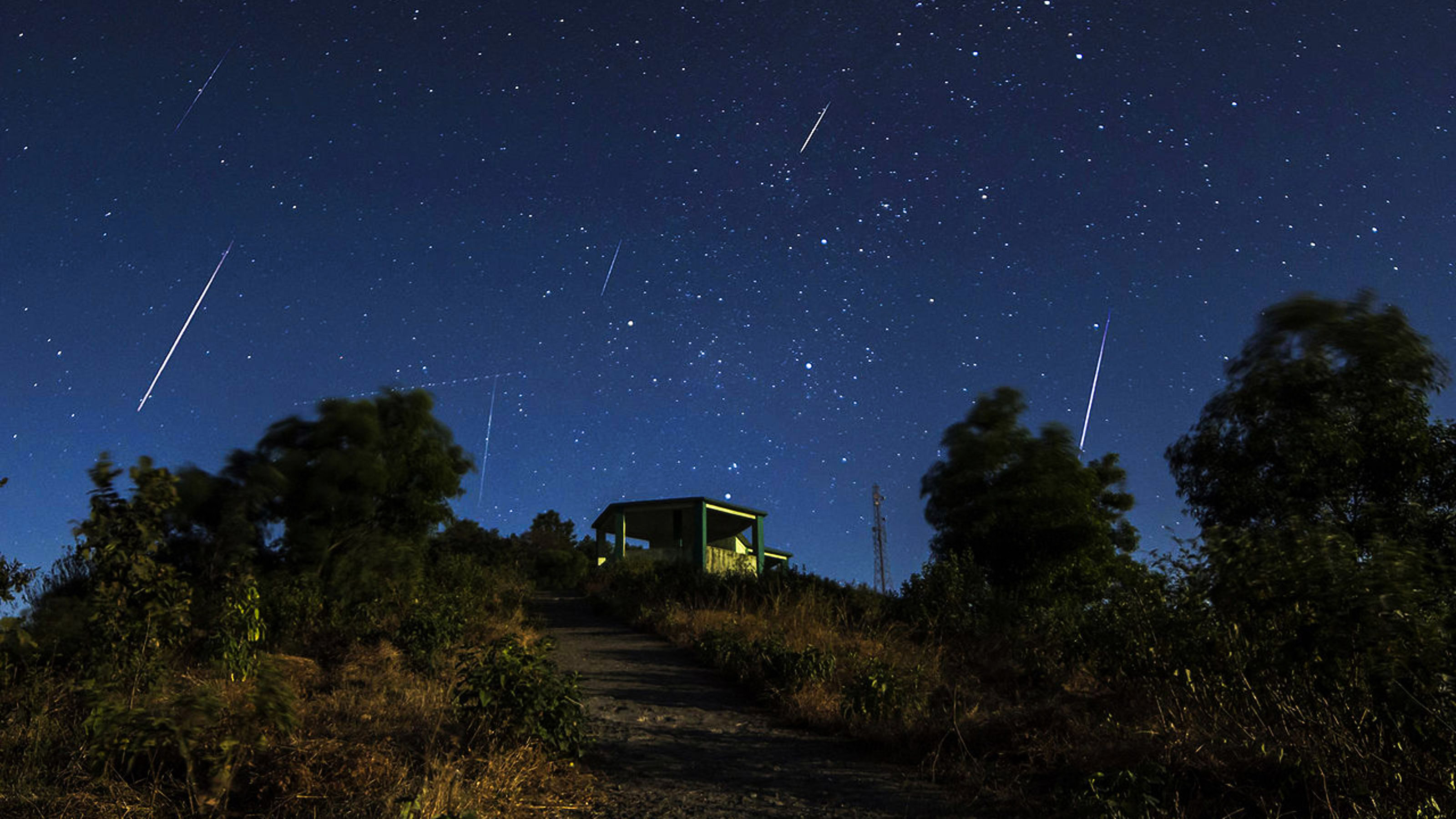
Meteor Activity Outlook for March 5-11, 2016
For morning observers the estimated total hourly rates should be near 8 as seen from mid-northern latitudes (45N) and 13 as seen from tropical southern locations (25S). The actual rates will also depend on factors such as personal light and motion perception...
 American Meteor Society
American Meteor Society
